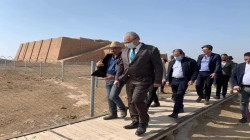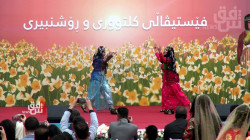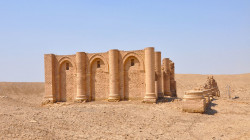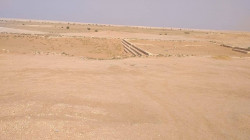Iran eyes UNESCO status for Persian, Kurdish horse
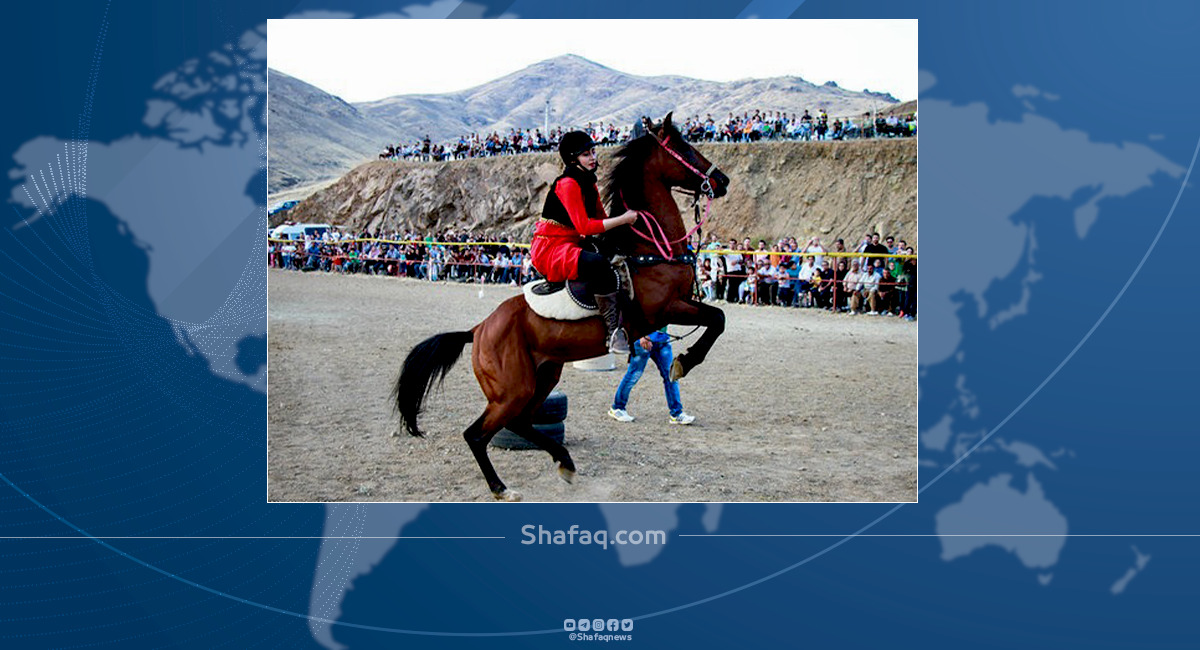
Shafaq News/ Iran is developing a dossier for its Persian, Kurdish horse, also known as the Kurd horse, for a possible inscription on the UNESCO World Heritage list.
Despite the Kurd horse’s origin goes back to the western Iranian province of Kermanshah, it may be registered internationally because it is also bred in the Kurdish regions of Iraq, Turkey, and Syria, the Kermanshah tourism chief said on Sunday.
As part of the process to include Kurd horses on the intangible world heritage list, this dossier is being prepared under the title of knowledge and skill for breeding and keeping Kurd horses, Mohammadreza Soheili added.
A festival dedicated to this horse breed is scheduled to be held in the province in the near future, the official noted.
The Persian, Kurdish horse constitutes a group of horses traditionally bred and used by Kurdish People who have lived and occupied today’s western provinces of Iran for several millennia.
The breed originates from western Iran, where the mountainous topography and moderately cold climate have sculpted a unique horse population resistant to harsh environmental conditions.
Kermanshah embraces a variety of awe-inspiring historical sites, including Taq-e Bostan and the UNESCO-registered Bisotun.
Inscribed into the base of a towering cliff, Taq-e Bostan comprises extraordinary Sassanian bas-reliefs of ancient victorious kings to divide opinions. Late afternoon is the best time to visit, as the cliff turns a brilliant orange in the setting sun, which then dies poetically on the far side of the duck pond.
Bisotun is a patchwork of immense yet impressive life-size carvings depicting king Darius I and several other figures. UNESCO has it that Bisotun bears outstanding testimony to the important interchange of human values in the development of monumental art and writing, reflecting ancient traditions in monumental bas-reliefs.
Kermanshah was founded in the 4th century CE by Bahram IV of the Sassanid dynasty. Conquered by the Arabs in 640, it was called Qirmasin (Qirmashin). Under the Seljuk rule in the 11th century, it was the chief town of Kordestan. The Safavids (ruled 1501–1736) fortified the town, and the Qajars repulsed an attack by the Turks during Fath Ali Shah’s rule (1797–1834). Occupied by the Turkish army in 1915 during World War I, it was evacuated in 1917. The construction of a road in the 1950s over the age-old Khorasan track added considerably to the importance of the city.
Source: Tehran Times
